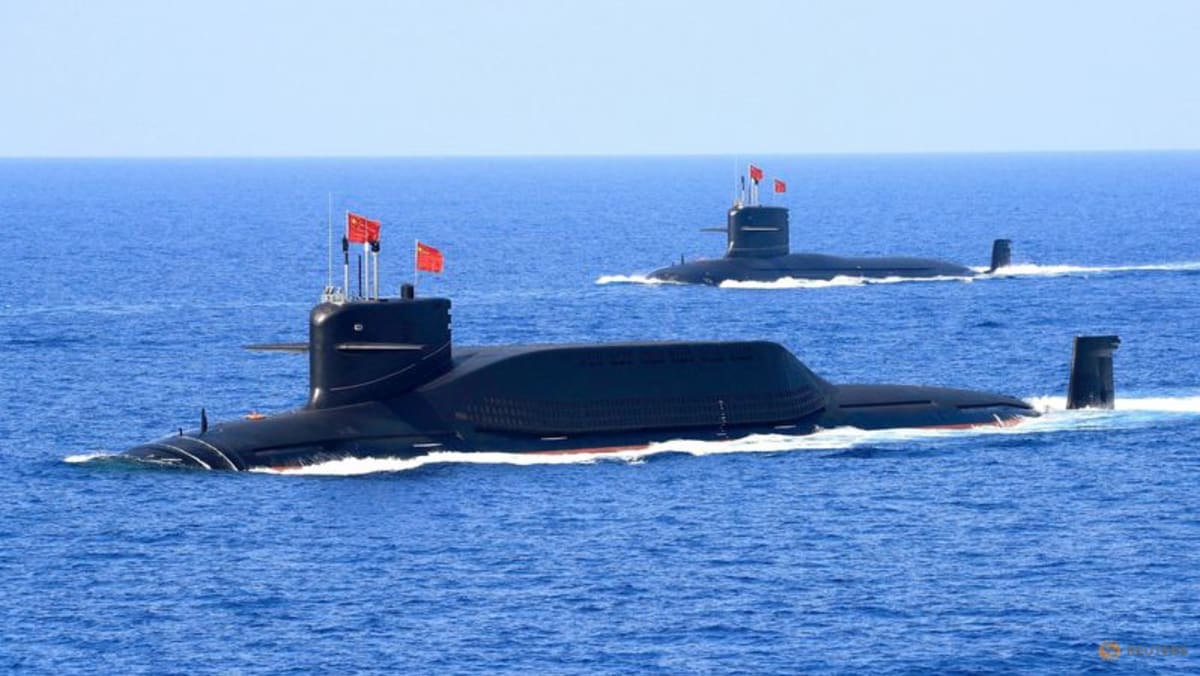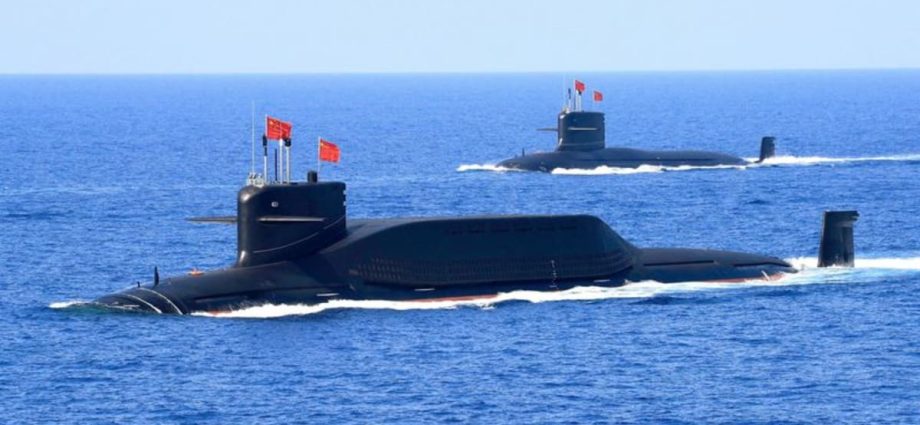
“The stockpile is the usable nuclear warheads, and those numbers are beginning to tick up,” Smith said, while noting that numbers are still far from the over 70,000 seen during the 1980s.
The bulk of the increase was from China, which increased its stockpile from 350 to 410 warheads.
India, Pakistan and North Korea also upped their stockpiles and Russia’s grew to a smaller extent, from 4,477 to 4,489, while the remaining nuclear powers maintained the size of their arsenal.
Russia and the US together still have almost 90 per cent of all nuclear weapons.
“The big picture is we’ve had over 30 years of the number of nuclear warheads coming down, and we see that process coming to an end now,” Smith said.
CHINA “STEPPING UP”
Researchers at SIPRI also noted that diplomatic efforts on nuclear arms control and disarmament had suffered setbacks following Russia’s invasion of Ukraine.
For instance, the US suspended its “bilateral strategic stability dialogue” with Russia in the wake of the invasion.
In February, Moscow announced it was suspending participation in the 2010 Treaty on Measures for the Further Reduction and Limitation of Strategic Offensive Arms (New START).
SIPRI noted in a statement that it “was the last remaining nuclear arms control treaty limiting Russian and US strategic nuclear forces”.
At the same time, Smith said the increase in stockpiles could not be explained by the war in Ukraine as it takes a longer time to develop new warheads and that the bulk of the increase was among countries not directly affected.
China has also invested heavily in all parts of its military as its economy and influence have grown.
“What we’re seeing is China stepping up as a world power, that is the reality of our time,” Smith said.

